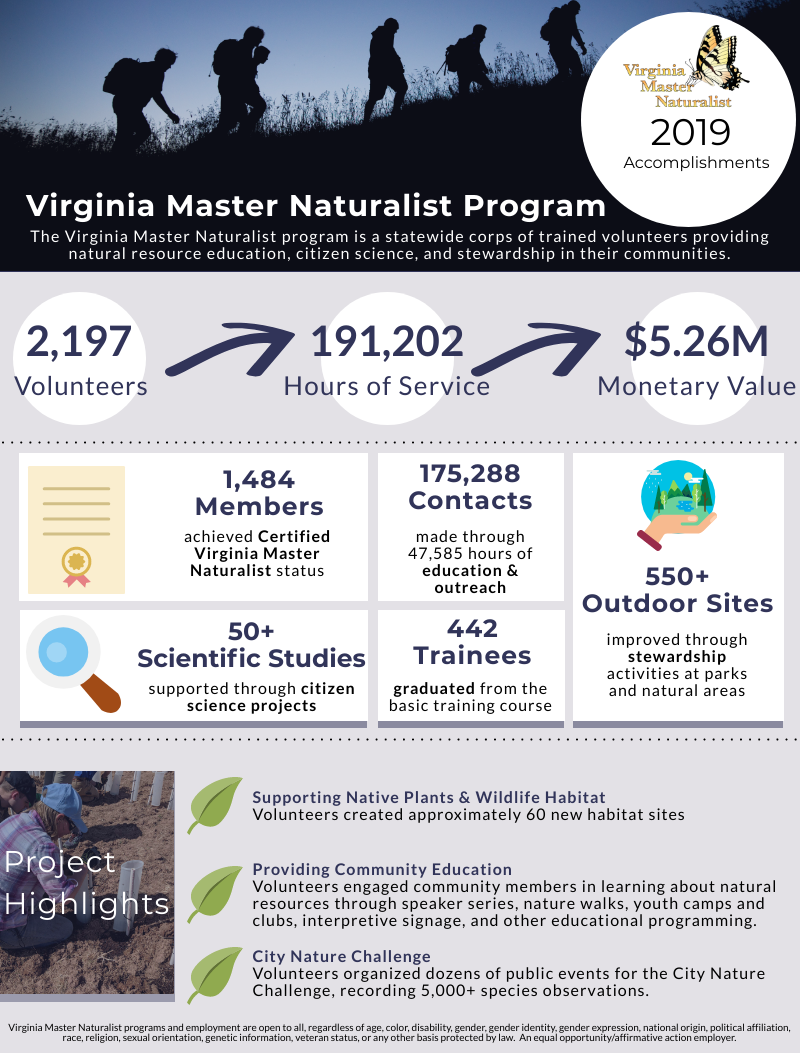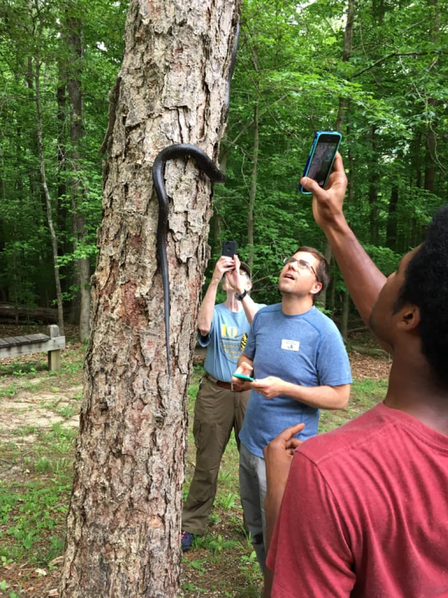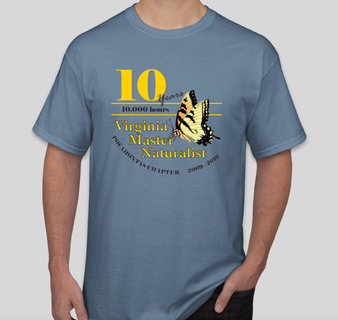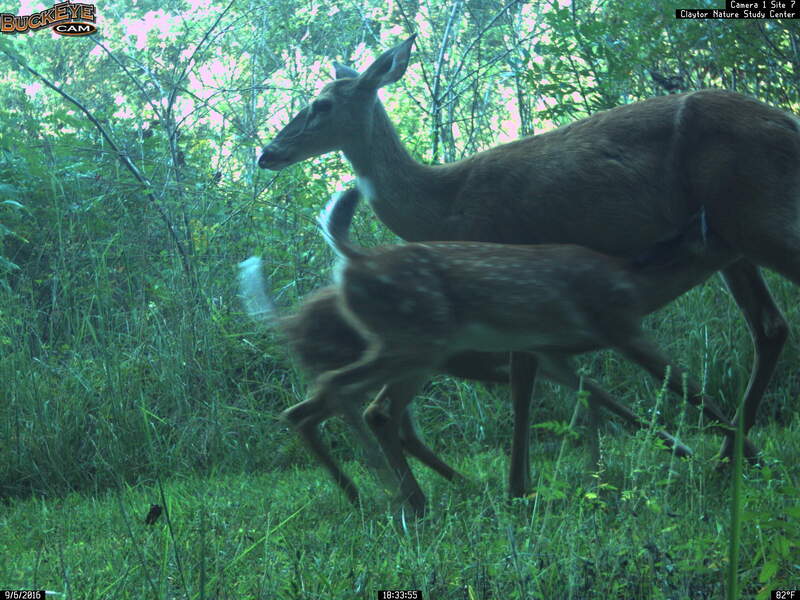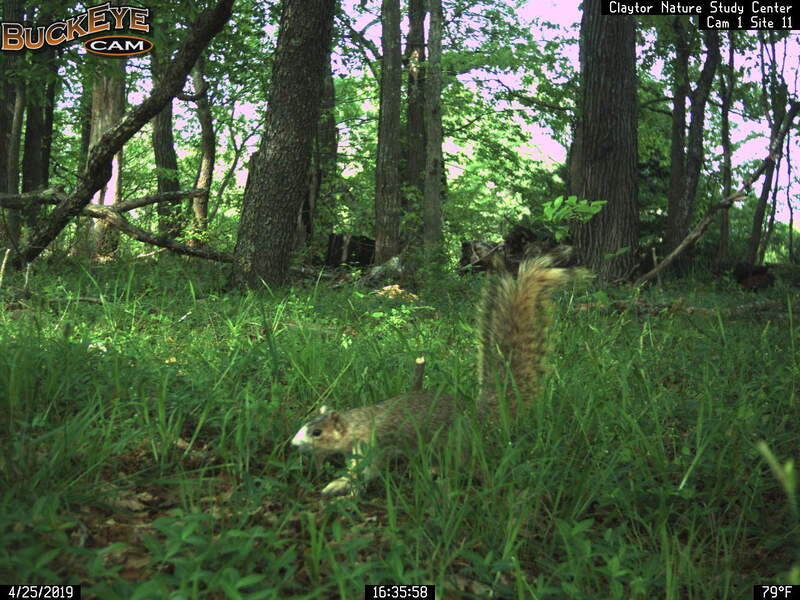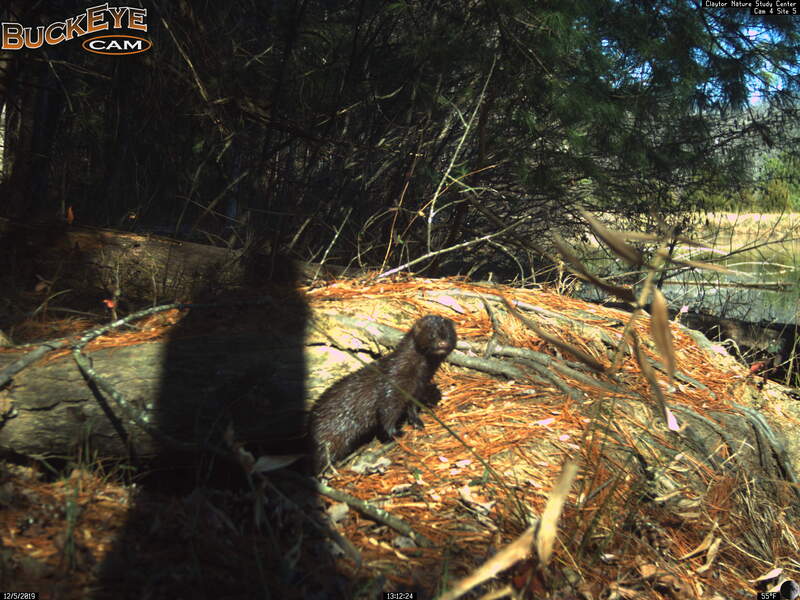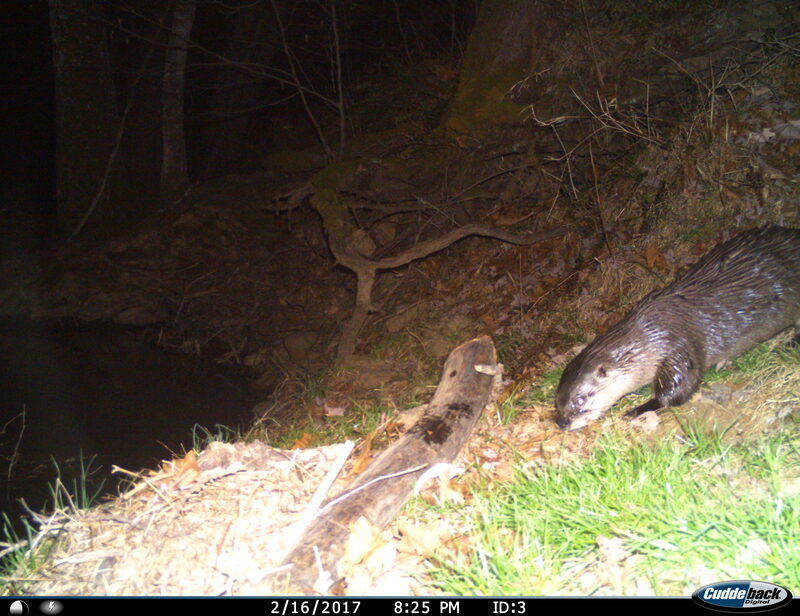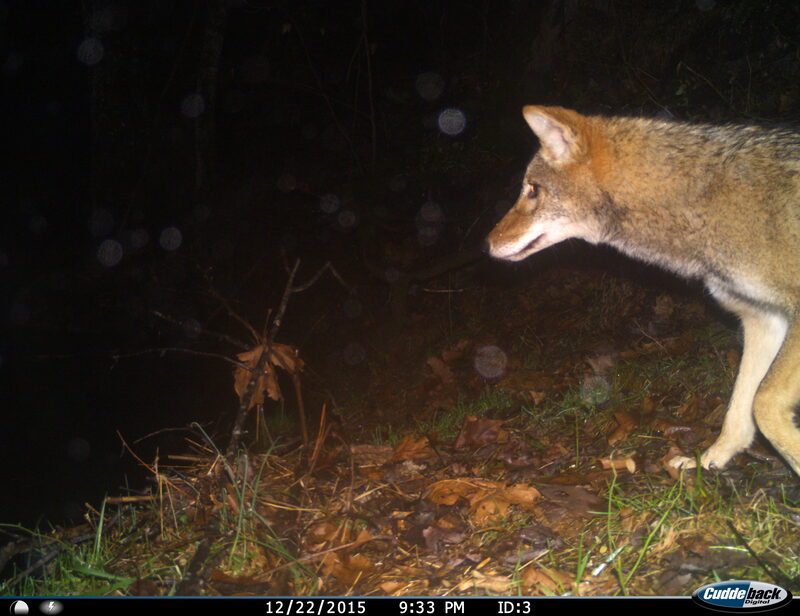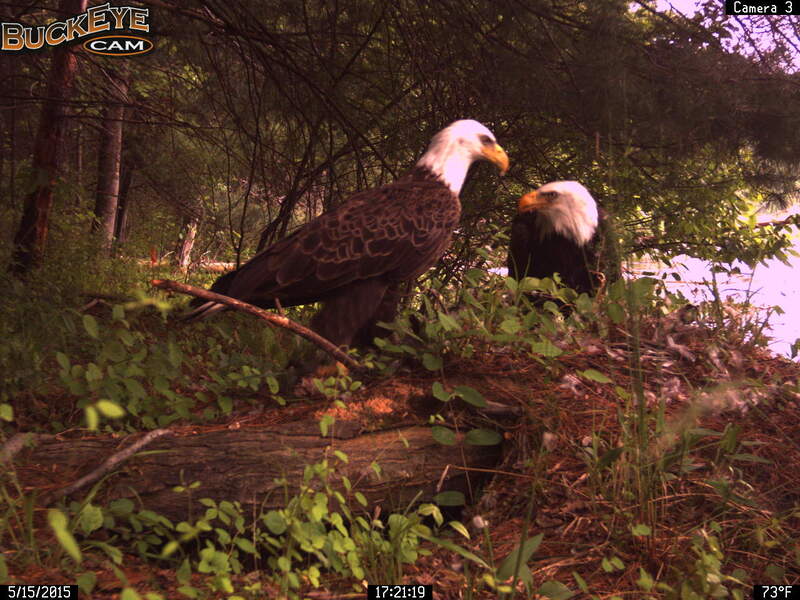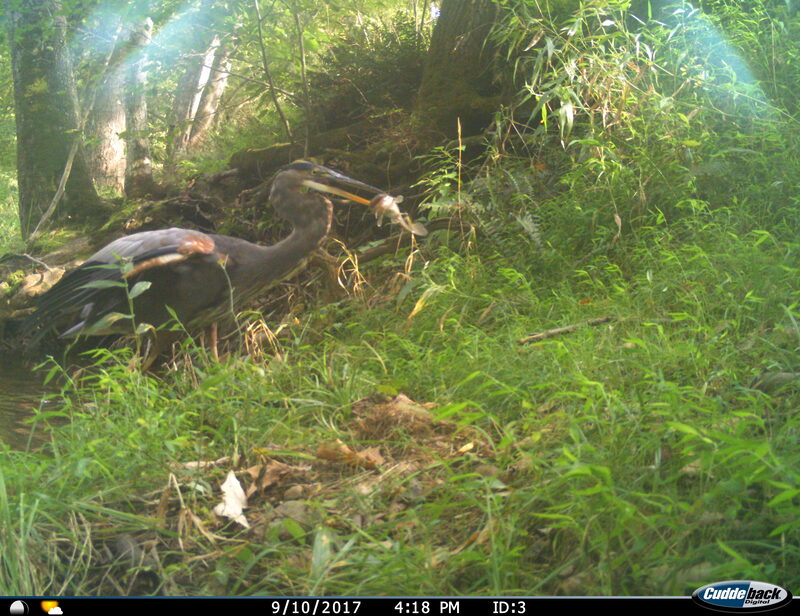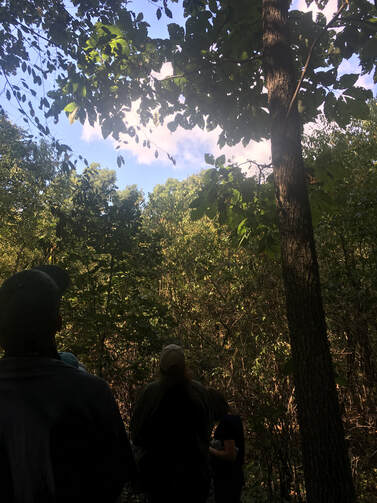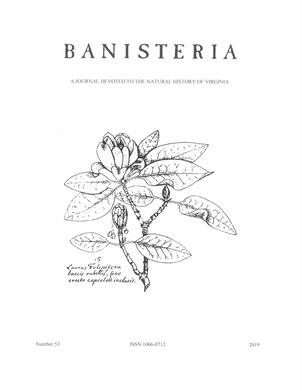Virginia Master Naturalist 2019 Year in Review
Below, we present some of the 2019 data through an infographic, a table of quantitative outputs, and an impact statement that was submitted to Virginia Cooperative Extension and other sponsors.
|
|
2019
|
|
New Basic Training Graduates
|
442
|
|
Total VMN Membership
|
3,369
|
|
Volunteers Reporting Service Hours
|
2,197
|
|
Certified Virginia Master Naturalists
|
1,484
|
|
Continuing Education Hours
|
30,553
|
|
Service Hours: Education & Outreach
|
47,585
|
|
Service Hours: Citizen Science
|
65,083
|
|
Service Hours: Stewardship
|
46,547
|
|
Service Hours: Chapter Administration
|
32,057
|
|
Total Service Hours
|
191,203
|
|
Monetary Value of Service
|
$5,258,059
|
|
Sites Improved Through Stewardship
|
583
|
|
New Habitat Sites Planted
|
60
|
|
Number of Citizen Science studies
|
50+
|
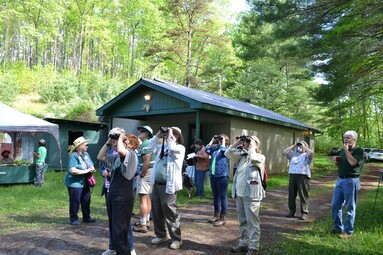 Birdwatchers at a spring naturalist rally in Southwest Virginia. Photo by VMN-High Knob Chapter.
Birdwatchers at a spring naturalist rally in Southwest Virginia. Photo by VMN-High Knob Chapter.
Relevance
Americans’ interest in nature is growing. There is a large constituency of people, both urban and rural, engaged in non-consumptive uses of natural resources such as birdwatching, and studies show this population is growing. Research also shows, however, that Americans still face a significant gap between their interest in nature and their ability and opportunities to pursue that interest. Individuals need opportunities to be actively involved in exploring, caring for, and observing nature in their local communities. Furthermore, because the most impactful experiences in nature are deeply social, opportunities to connect people with nature through social groups are needed.
At the same time, the Commonwealth of Virginia is facing difficult natural resource challenges, such as loss of forestland, sea level rise, and invasive species impacts. State and local natural resource agencies need help to accomplish their missions, address these natural resource challenges, and reach more sectors of our population. Public engagement is critical to successful conservation and management of Virginia’s woods, wildlife, and waters.
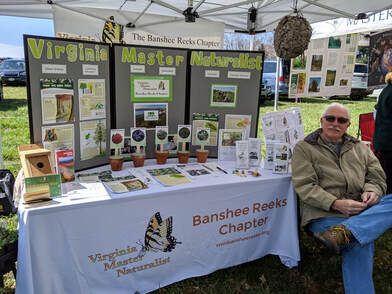 Virginia Master Naturalists engage with the public and recruit new volunteers at outreach events in their communities. Photo by VMN-Banshee Reeks Chapter.
Virginia Master Naturalists engage with the public and recruit new volunteers at outreach events in their communities. Photo by VMN-Banshee Reeks Chapter.
The Virginia Master Naturalist (VMN) program addresses these needs by supporting a statewide corps of volunteers providing education, outreach, and service dedicated to the beneficial management of natural resources and natural areas within their communities. With 30 chapters across Virginia, the program aims to extend the capacities of both state and local natural resource agencies and organizations to be able achieve their missions in new ways, engage new audiences, and work towards creating a citizenry more informed about and involved in natural resource conservation and management. The program, because of its chapter-based structure, also promotes learning about, exploring, and stewarding natural areas through social groups.
Every year, more than 400 Virginians become new VMN volunteers through training and service. The process for becoming a Certified VMN typically takes 6 to 12 months. One starts by completing a 40-hour basic training course offered by one the local chapters of the program. An additional 8 hours of continuing education and 40 hours of volunteer service are also required to become certified or recertified. Volunteer service hours are recorded in four primary areas: education, stewardship, citizen science, and chapter administration. At the statewide level, the program is sponsored by seven state agencies, and on the local level, chapters partner with dozens of conservation and education organizations.
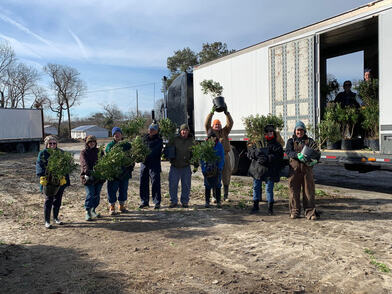 Virginia Master Naturalist volunteers in the Eastern Shore Chapter planted more than 1,000 trees and shrubs at Magothy Bay Natural Area Preserve, helping to restore dozens of acres of migratory songbird habitat. Photo by Dot Field, DCR.
Virginia Master Naturalist volunteers in the Eastern Shore Chapter planted more than 1,000 trees and shrubs at Magothy Bay Natural Area Preserve, helping to restore dozens of acres of migratory songbird habitat. Photo by Dot Field, DCR.
The VMN program currently has approximately 2,200 active volunteers who reported service in 2019. These volunteers completed more than 30,000 hours of training and continuing education in 2019. They also contributed significant volunteer time in the areas of education, citizen science, stewardship, and chapter administration, amounting to more than $5.2 million in contributions to natural resource conservation in Virginia (based on IndependentSector.org value of a volunteer hour.) Since the program’s inception in 2005, VMN volunteers have contributed nearly one million hours of service with a value of $33.6 million to the Commonwealth of Virginia.
In 2019, VMN volunteers contributed more than 46,000 hours of stewardship to improve local natural resource conditions on more than 580 sites through invasive plant management in parks, maintenance of habitats for pollinators and other wildlife, trail maintenance of hundreds of miles of trails, and litter cleanup events. They also created approximately 60 new habitat sites through planting projects.
Volunteers also contributed more than 65,000 hours of time to more than 50 citizen science studies of birds, phenology, mammals, butterflies, stream health, and more. Among these was the City Nature Challenge, a worldwide BioBlitz during which people use the iNaturalist app to report species observations in urban areas. Virginia Master Naturalists in Northern Virginia were especially important to the Washington D.C. Metro Area City Nature Challenge. They organized dozens of different events attended by more than 200 people, adding nearly 5,000 observations of more than 800 species observations to the database. Overall, the D.C. Metro area came in 5th in the world for number of people contributing observations, and Virginia Master Naturalists contributed greatly to that success.
In addition, volunteers made more than 175,000 contacts through educational programs in their communities that totaled 47,000 hours of service. These programs included day camps and afterschool programs for youth in partnership with 4-H, talks for local community
groups, and activities at numerous special events, such as local Earth Day celebrations. In just one example of their education work, VMN volunteers led guided nature walks for the public at sites such as the Bassett Trace Nature Trail in Williamsburg, the Conway Robinson State Forest in Prince William County, the Ni River Trail in Spotsylvania County, and Powhatan State Park.
On top of their contributions to these many conservation projects, VMN volunteers also contributed more than 32,000 of time managing our local chapters. The unique structure of the VMN program relies on volunteers to lead the day-to-day local operations of the program, including recruiting new volunteers, organizing training courses, developing local projects and partnerships, and tracking volunteer activities. Several hundred VMN volunteers provide this local leadership, without which the program would not exist.
Virginia Master Naturalist 2019 Year in Review Read Post »

